At Big Tech Cloud, we publish a huge amount of IT- and business-focused content for our tens of thousands of monthly readers to enjoy, learn from, and get inspired. Our blogs range from timely thought-leadership articles to business software reviews, checklists and how-to guides, and cover everything from ITSM, digital transformation, AI, cybersecurity, and much more besides.
Now we want to shine a spotlight on those blogs that resonated most with our readers in 2018.
- Your Digital Transformation Journey Starts at Knowledge18
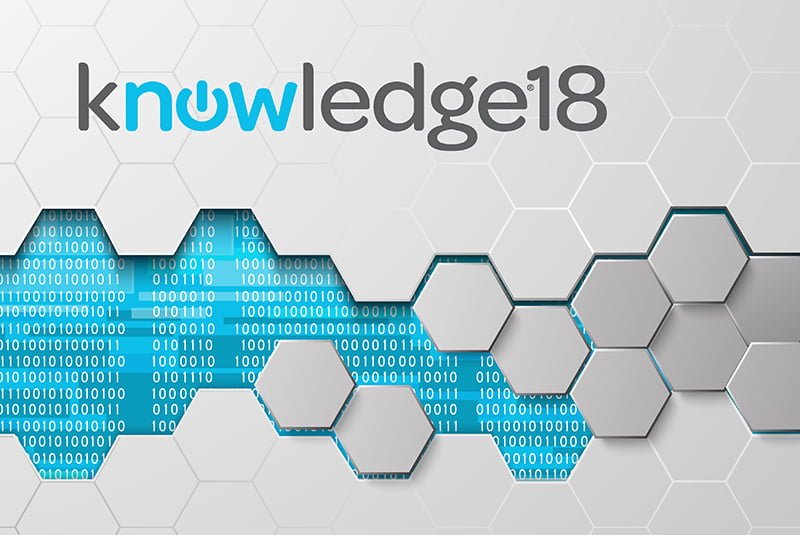
Digital transformation has been a huge topic in 2018, expanding and growing through all areas of business, with many companies struggling with the impact of this new digital world. It’s also a subject that’s been right at the top of the agenda of practically every important technology-focused event this year – not least Knowledge18, which took place in Las Vegas in May. Big Tech Cloud were part of the media contingent at the event, interviewing executives, customers and practitioners, and tweeting the key announcements as they happened.
In this post, William Goddard, Founder and Chief Motivator at Big Tech Cloud, announced Big Tech Cloud’ attendance at Knowledge18, and offered his invaluable advice on how and where organizations can start their digital transformation journeys.
“Just where does the road to a digital-enabled business start? The answer to that is actually quite simple – wherever you want it to,” says Goddard. “There is no simple, or one-size-fits-all solution. Like every other aspect of digital and how service management fits in, you need to tailor the technologies, frameworks and pathways to suit your own business objectives.”
Read the full post here – ‘Your Digital Transformation Journey Starts at Knowledge18’
Register for Knowledge19 here – https://knowledge.servicenow.com
- TWiTIoT: This Week in The Internet of Things

This year, Big Tech Cloud ran a series of weekly blogs focusing on news and trends affecting the evolution of the Internet of Things (IoT). Each week for a period of about six months, IT industry analyst, consultant, journalist and marketer Michael Dortch wrote an article highlighting major events occurring in the Industrial IoT space.
In his first post of the series, Dortch brought us news of Microsoft’s new IoT OS – Azure Sphere OS, a Linux-based operating system designed to connect IoT devices to Microsoft’s Azure public cloud services – and offered his expert advice on how businesses should react.
“If you are an Internet of Things device manufacturer or designer, you should explore Azure Sphere OS as soon as possible,” he says. “If you are already an AWS and/or Google Cloud user, you should compare Azure Sphere OS to AWS IoT and/or Google Cloud IoT. If you are a current or potential buyer, integrator, or user of Internet of Things devices or systems, you should press current and candidate suppliers for details of their security, cloud interoperability, and manageability plans and road maps.”
Read the full post here – ‘TWiTIoT: This Week in The Internet of Things’.
- Applying AI Technology to ITSM: The Difference Between NLP & NLU

In this third instalment to our ‘Applying AI to ITSM’ blog series, Robert Young – Senior Director of Product Marketing at Astound – unearths the key differences between natural language processing (NLP) and natural language understanding (NLU).
More importantly, Young explains why NLP and NLU work better together in terms of empowering virtual agents to provide unique value in enabling IT to deliver better employee service. “A hybrid approach to language processing, leveraging both NLP & NLU technologies, strengthens a virtual agent’s ability to interact with humans in a natural way,” he says.
Read the full post here – ‘Applying AI Technology to ITSM: The Difference Between NLP & NLU’
- 15 Startups Lighting Up the Blockchain Cybersecurity Market

In this blog post from internationally-renowned speaker, IT architect, leadership advisor, and co-author of The CMDB Imperative, Carlos Casanova lists 15 startups and hot tech innovators aiming to harness the transformative features of blockchain for cybersecurity.
“The race is on for blockchain-based cybersecurity,” writes Casanova. “By leveraging digital signatures, cryptographic hashing, and consensus mechanisms in a distributed ledger format, these innovators hope to provide long-awaited solutions to the problems of data theft and loss.”
Read the full post here – ‘15 Startups Lighting Up the Blockchain Cybersecurity Market’
- Adapting to the Business Needs of IT
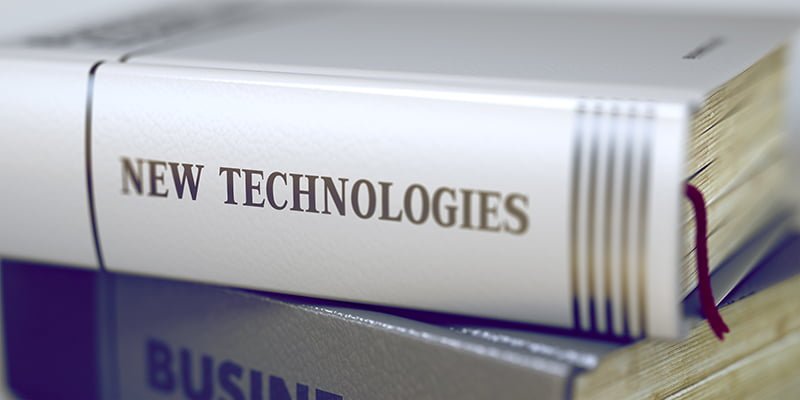
Today, technology adoption occurs at a much faster rate than it has done in years gone by. In the past, the adoption and implementation of emerging technologies into the business world was a much more gradual process – not least because IT departments had to convince leaders of how they brought value to the organization.
Nowadays, as more and more organizations operate digitally, that’s all changed. In this blog post, Dave Lounsbury, CTO at The Open Group, looks at why it’s time for a new IT business model in these times of emerging technologies.
“The pressure has never been greater on organizations in this ever-evolving digital age,” he writes. “The key to smooth-running IT management models is the ability to utilize data in a way which helps organizations plan for investment in products that customers want to use. The insights that data can provide are crucial to the subsequent success or failure in today’s economy.”
Read the full post here – ‘Adapting to the Business Needs of IT’
- Intelligent Swarming – A Value Delivery Model
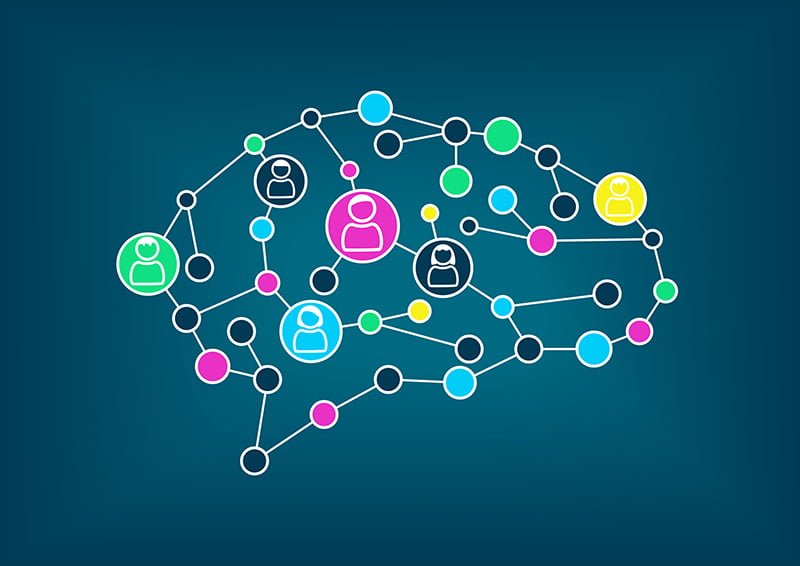
The Intelligent Swarming methodology is a new way to align resources to work. Sometimes described as “collaboration on steroids”, it involves removing the tiers of support and, when appropriate, calling the expertise of a “swarm” of the most relevant analysts to solve problems through dynamic teaming and collaboration.
In this blog post, experienced knowledge management and service innovation professional Beth Coleman unpicks the concept of Intelligence Swarming, and considers the benefits of using the “swarm” to generate knowledge.
“Leaders looking to move to digital transformation and increase customer value need to prepare their teams for a more complex activity of collaboration,” she writes. “Intelligent Swarming is a collaborative support model that helps organizations in making the shift to a fully networked organization focused on service excellence.”
Read the full post here – ‘Intelligent Swarming – A Value Delivery Model’
- What a New Tech Unicorn Looks Like – Freshworks Secures $100 Million Investment
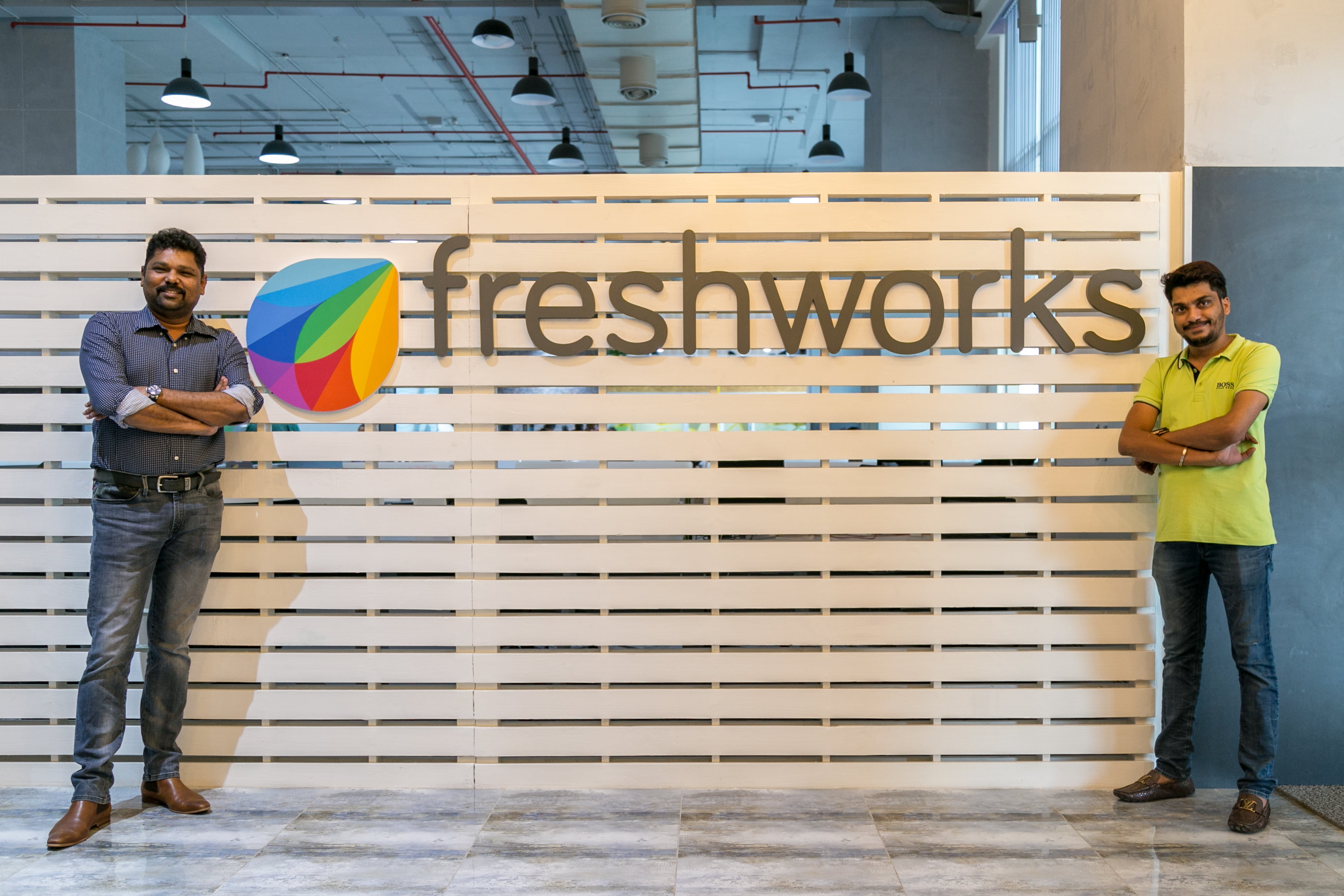
Freshworks provides organizations of all sizes with SaaS solutions that make it easy for sales, marketing and customer support professionals to communicate effectively with customers for better service, and collaborate with team members to resolve customer issues.
This year, Freshworks secured an additional $100 million in financing, and Big Tech Cloud Managing Editor Kirstie Magowan was all over the developments in her blog. “Since its last funding round, Freshworks has made several technology acquisitions to further bolster its product offerings,” reported Magowan. “Several of these technologies were featured in its recently announced cloud bundle, Freshworks 360, that brings together sales, marketing and support applications to provide users with a full, easy-to-use customer engagement experience.”
Read the full post here – ‘What a New Tech Unicorn Looks Like – Freshworks Secures $100 Million Investment’
- What Have Dobby the house Elf and a Robot Called Yolanda Got to Do with Shaping the Future of ITSM?
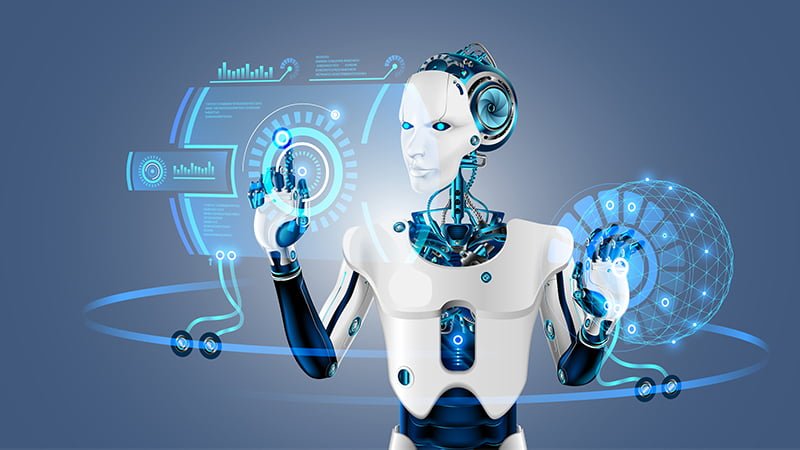
Who says a blog title has to be six-nine words long for people to click on it? ITSM expert Paul Wilkinson certainly proved the SEO experts wrong with this blog post, which was one our most popular articles of the summer.
Wilkinson was a featured speaker at this year’s itSMF Singapore, where he delivered a presentation on the ABC of ICT. “ABC stands for Attitude, Behavior and Culture,” he says. “Success in Service Management isn’t about the frameworks and best practices, nor about technology – it is about changing mindsets and behaviors.”
His blog breaks down the ABC of ICT in lively detail, and if you want to know the answer to the post’s intriguing title, you can read it in full here – ‘What Have Dobby the house Elf and a Robot Called Yolanda Got to Do with Shaping the Future of ITSM?’
- 5G and Cybersecurity: What We Can Really Expect

5G is coming. We know that much, even if we can’t be sure when. With it will come heightened cybersecurity concerns, due not only to the fact that 5G will be able to accommodate many more devices and hardware, but also because we’ll be dealing with an entirely new threat landscape.
Writer and journalist Nathan Sykes separates the 5G cybersecurity facts from the fiction in this blog post, as he considers the sheer scale of the hyper-connected game that the fifth generation mobile network will have us all playing some time very soon.
“The new security threats and risks that will be introduced in the commercial 5G market alone are considerable,” he writes. “But when you look at emerging technologies that will require connected, always-on and wireless access, you really start to understand the nature of the game.”
Read the full post here – ‘5G and Cybersecurity: What We Can Really Expect’
- DevOps, Johan Cruyff, Total Football – and Total IT?

DevOps and football (i.e. soccer)? Where’s the connection? ITSM expert Ivor Macfarlane reveals all in this remarkable post. In fact, Macfarlane’s use of Johan Cruyff’s concept of “Total Football” – where any player can move anywhere on the pitch, and when out of position another player fluidly moves in to cover their role – is a fantastic analogy of DevOps, and how an agile relationship between development and IT operations might grow and benefit a wide range of organizations.
Macfarlane writes: “Not everyone delivers every role equally well, but all attackers are expected to be able to defend when necessary. Defenders go forward and score goals. And all midfield players must support the forwards and come back and defend. We see the whole team working together in attack and defense. Of course, we still have those with special skills – but everyone on the team is good enough at all the different sets of skill. That is: good enough to deliver value for the team.”
- The Offices of the Future: Using IoT Devices to Turn Your Boring Office into a Smart Office

The number of IoT devices being connected to corporate networks continues to grow. From smart locks to smart thermostats, smart lighting, and even smart coffee makers – technology journalist Josh McAllister covers them all and many more besides in this enlightening blog post. These IoT devices are creating smart offices, allowing for faster and more accurate operations, greater security and better communication.
“Smart technology is streamlining operations for companies of all kinds,” writes McAllister. “You will find tools that improve employee performance and morale for vital needs like communicating, sharing files, or just making terrific coffee. A growing variety of IoT devices can transform your workplace for the better.”
Read the full post here – ‘The Offices of the Future: Using IoT Devices to Turn Your Boring Office into a Smart Office’
- How AI Is Making Online Shopping Smarter with Virtual Shopping Assistants

Last but not least we have a blog post exploring the impact of AI on online shopping from freelancer Lucy Ellis. With consumers now making half of all their purchases online, virtual shopping assistants are swooping in to completely reinvent the experience. AI-powered chatbots are learning about shoppers’ tastes and interests, personalizing product recommendations, and even sniffing out the best online deals on their behalf.
“Shopping online is already much easier than going to a brick-and-mortar store, but AI can take it to a much higher level,” writes Ellis. “With innovations such as chatbots and personal virtual assistants, online shopping is becoming a much more personalized and user-friendly experience.”
Read the full post here – ‘How AI Is Making Online Shopping Smarter with Virtual Shopping Assistants’
Much More to Come in 2019
This rounds us up 2018! A big thanks to all our contributors over the past year, and of course to all you readers out there. Don’t go away – we’ve got lots more great content lined up for 2019.

